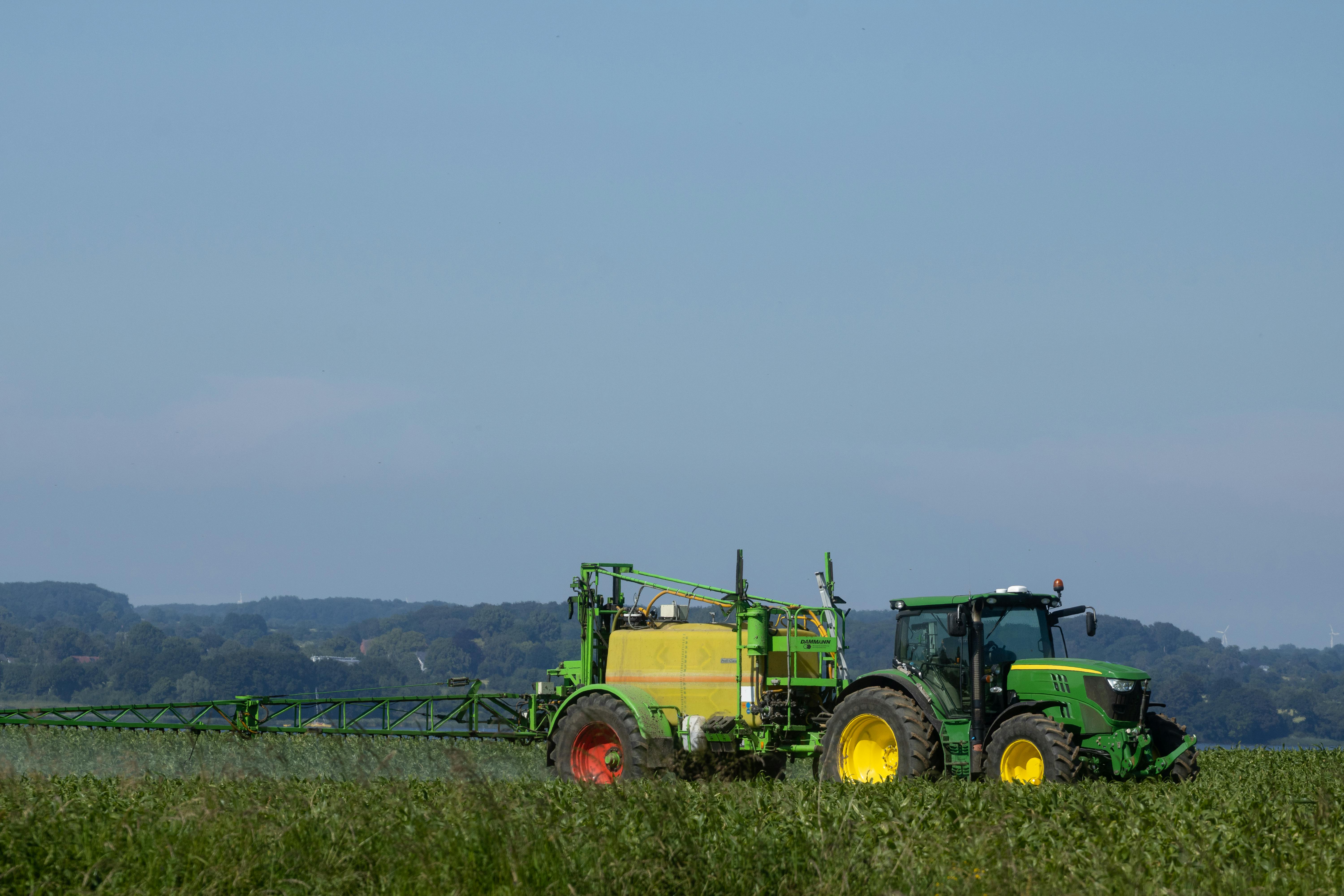All Categories
Featured
Table of Contents

Pesticides, often deployed to control pests that threaten agriculture and public health, can unintentionally harm wildlife. The affect on wildlife populations manifests through various pathways, including runoff into water bodies where aquatic species such as fish and amphibians may be exposed to these toxic chemicals. Moreover, birds and mammals may consume poisoned prey, leading to acute or chronic effects, including reproductive failure and death.
In addition to direct toxicity, pesticides contribute to the degradation of habitats essential for wildlife survival. By altering the compositional structure of vegetation or eliminating key species within food webs, pesticides disrupt the natural balance maintained within ecological communities. This disruption often leads to reduced biodiversity and impairs the resilience of ecosystems to environmental changes.
The use of broad-spectrum pesticides can unintentionally kill a wide array of non-target species, which decreases the availability of food for wildlife. This ecological imbalance fosters conditions where invasive species can thrive, further displacing indigenous populations.
Why Pesticides Are a Threat to Wildlife Health
Pesticide exposure can lead to immediate and fatal outcomes for wildlife. Acute poisoning is the most direct consequence, leading to fast deteriorations in health and often death. Signs of poisoning can be very visible, forcing wildlife into vulnerable situations where they are easier prey for predators or unable to sustain themselves.
Chronic exposure, on the other hand, may lead to reproductive issues, compromised immune systems, and increased susceptibility to diseases. Furthermore, pesticides like organochlorines can bioaccumulate through the food chain, leading to higher concentrations in predatory species, which results in biomagnification.
The indirect effects of pesticides are also striking, asserting changes in animal behavior and physiology that can alter feeding patterns and reproductive strategies. These alterations disrupt natural population dynamics in affected habitats.

Assessing the Economic Cost of Pesticide Effects on Wildlife
The economic implications of pesticide use extend far beyond the initial costs of application. The health of ecosystems directly correlates with the provision of services crucial for human survival, such as pollination, water filtration, and carbon sequestration—services that are compromised when wildlife populations suffer due to toxic exposure.
Efforts to restore habitats and rescue affected species often demand considerable financial investment. Conservation programs must account for the protection of remaining populations, all requiring substantial funding and resources.
The decline of wildlife due to pesticides places a financial burden on local communities that rely on eco-tourism and healthy, biodiverse environments as sources of income. When species disappear, or environments become degraded, the attractiveness of these areas can diminish, leading to loss of income.
Furthermore, the need to replace the ecological roles of declining species with technological solutions or manual labor contributes to increased operational costs across multiple sectors, including agriculture and urban management.
How Going Organic Helps Save Wildlife
Transitioning to organic farming practices offers a promising pathway to mitigating the detrimental effects of pesticides on wildlife. Organic systems eschew synthetic pesticides and fertilizers, opting instead for natural alternatives that are less harmful to non-target species and ecosystems.
Such practices not only reduce the direct intake of toxins by wildlife but also contribute to healthier soil microbiomes, which support more robust plant life—forming the foundation of food webs that wildlife depend upon. Furthermore, organic fields typically harbor a higher diversity of organisms, which can lead to more stable ecosystems.
By adopting organic practices, farmers can mitigate the risk of pesticide runoff and leaching, which often contaminates rivers and lakes, posing serious health risks to aquatic life and downstream water users. This approach aligns agricultural productivity with ecological health, achieving sustainability that benefits both people and wildlife.
Moreover, consumers play a critical role by opting for organically grown products, thus supporting agricultural methods that are friendlier to wildlife and encouraging broader adoption of such practices on a global scale.

Latest Posts
Recognizing HVAC Urgencies
The Importance of Mold Inspection in Your Home
Nutritional Needs of Yorkies
